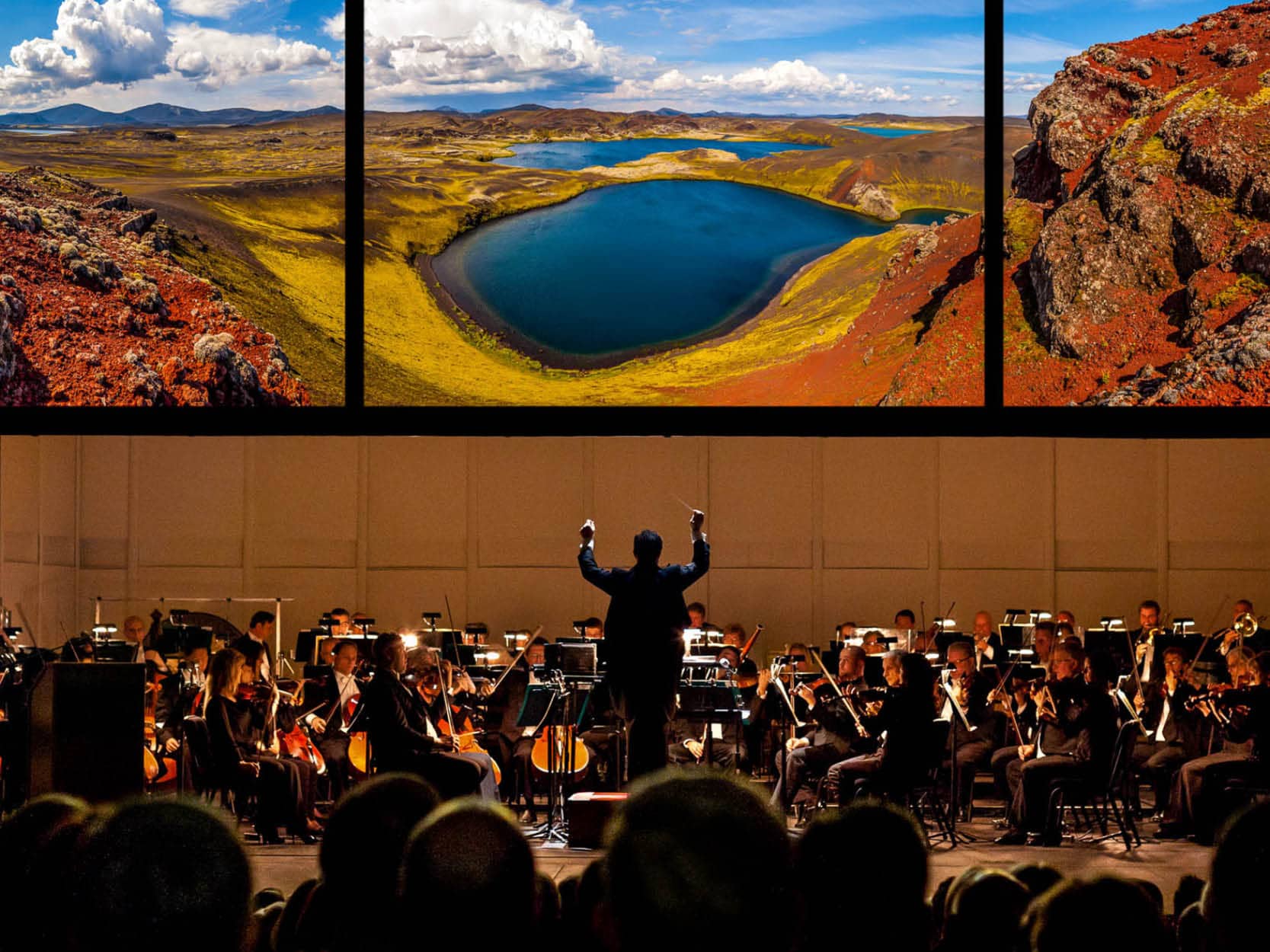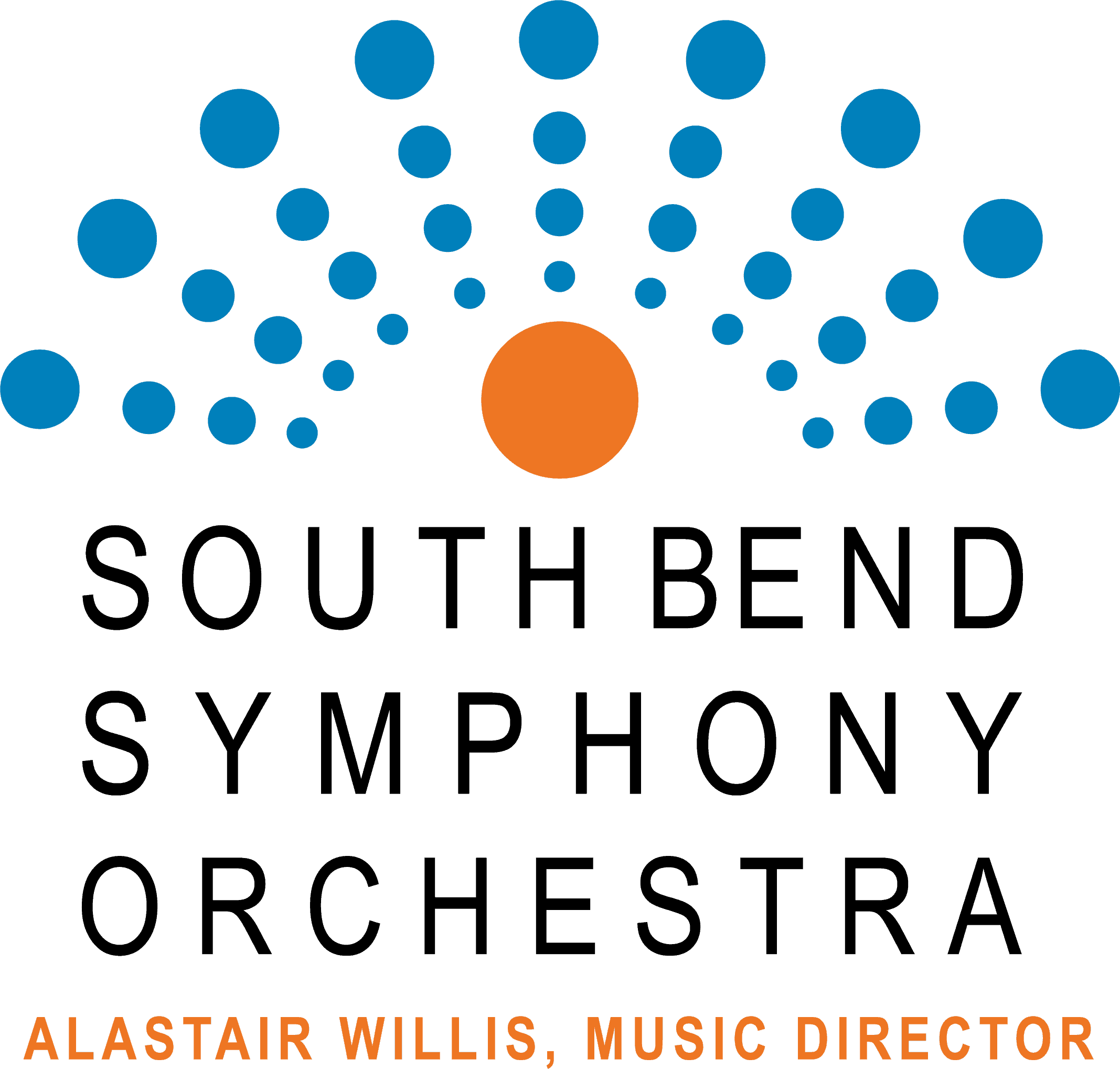
Viva La Música: A Celebration Of Latin American Soundscapes
November 1, 2025 / 7:30 p.m.
Copland’s El Salón México, Revueltas’ La Noche de los Mayas bold rhythms, and Moncayo’s Huapango stirring melodies converge into an immersive fusion of sound that celebrates the spirit of Latin America. Westwater Arts brilliantly marries panoramic photography with live classical performances, creating a breathtaking synthesis of visual and musical artistry.




